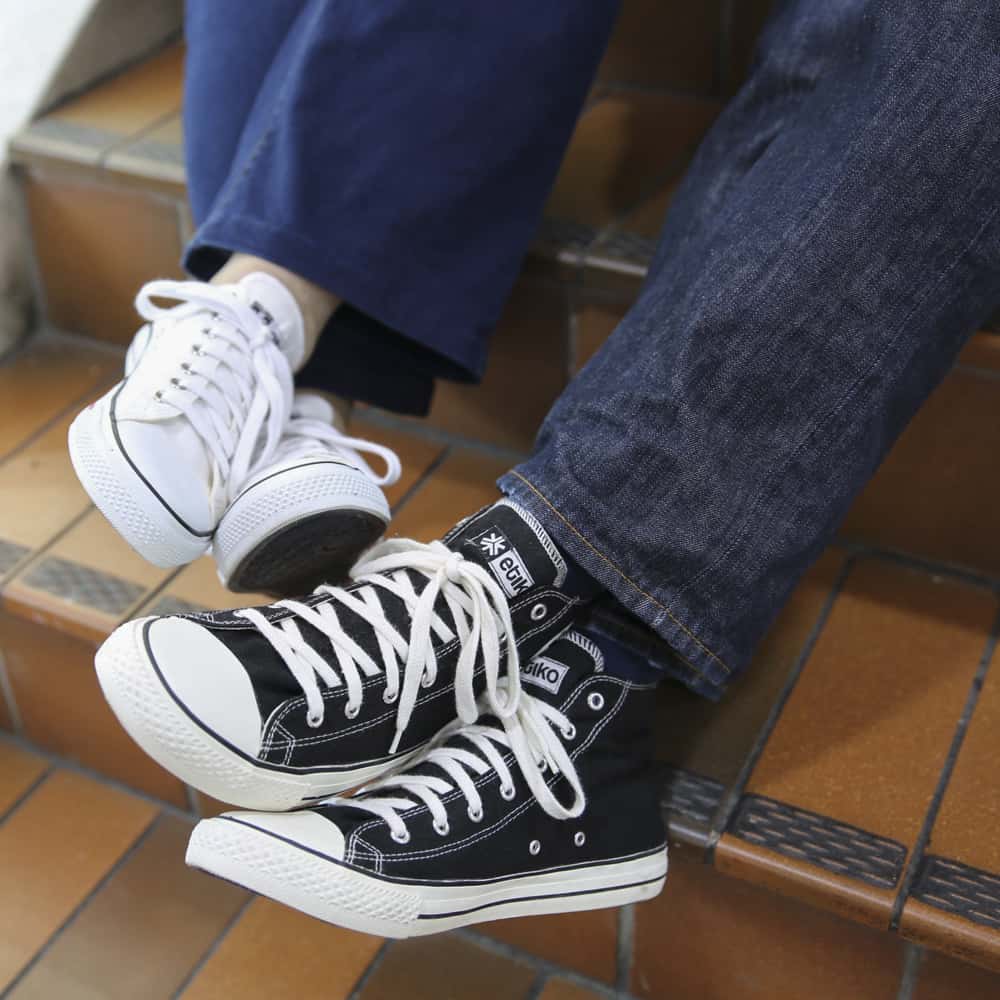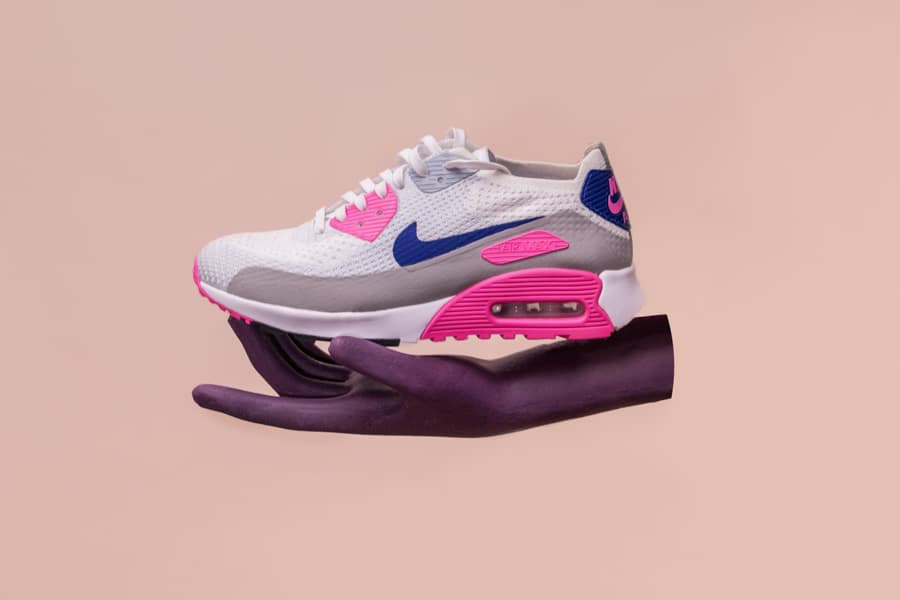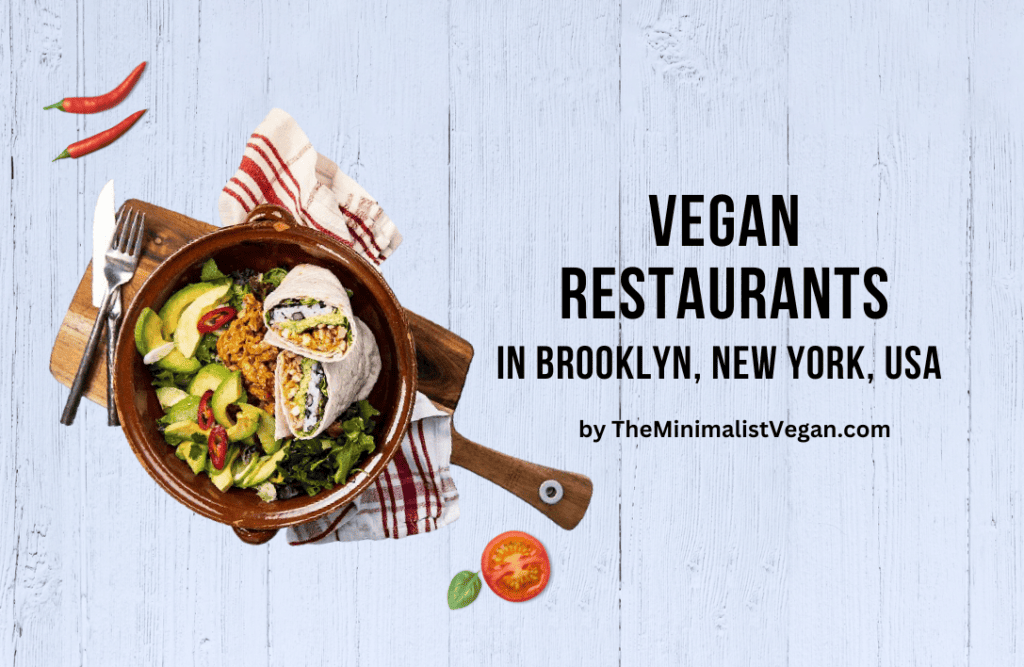Do brands rule our lives? Brands influence what we think of ourselves, what we think of others and, ultimately, how we spend our hard-earned cash. Brands achieve this by reversing engineering human psychology for their product design and marketing efforts.
Over time we intentionally or sometimes unconsciously show loyalty to one brand over equivalent offerings.
I wouldn’t say that brands completely rule our lives, but they certainly hold some control over our decisions.
Even though I consider myself a minimalist, I’m still heavily swayed by brands. You could argue my values in themselves are a brand (meta, I know!).
In this post, I’m going to break down the psychology behind attractive brands to see just how much power they have over our consumption habits, so we can be a little more aware next time we make a purchase.
Brands represent our identity
When I pull out my MacBook Pro in a café (ironically, as I write this post), I’m telling the world that I’m creative, and I’m trying to make a difference with my work. It also shows that I value quality.
If you buy Louis Vuitton handbags—it represents the highest stature and taste. It shows that you have class and style.
Kanye West’s clothing brand Yeezy is worth 1.5 billion dollars! He’s created streetwear and sneakers that are exclusive and trendsetting. His new shoes often sell out within hours.

This post may contain affiliate links, for which we earn a small commission at no additional cost to you. Read our full disclosure.
Again, because wearing the best sneakers means you’re part of sneaker culture. And being part of the culture makes the community feel like they’re part of something special.
Many believe that we’re attracted to brands because of how it makes us feel in social circles. For example, owning expensive brands would have you believe that you’re powerful and successful. Or you fit in with people who have the same taste. While this mentality is partly true, the psychology of brands is far more profound than that.
Even without flaunting your brands to your friends and family, these brands’ sophisticated marketing campaigns do something to our brains.
How brands influence our lives using psychology
While researching this topic, I came across a white paper called The consumer psychology of brands by Bernd Schmitt.
Schmitt introduces a consumer-psychology model of brands broken down into a five-part framework including: identifying, experiencing, integrating, signifying, and connecting.
While we’re always going to be influenced, understanding how we interact with brands can help us figure out how we can make better-informed buying decisions.
Let’s explore the consumer-psychology model in greater detail.
Identifying brands
As part of identifying, a consumer identifies the brand and its category, forms associations, and compares the relations between brands.
So let’s say the category you’re looking in is sneakers. When you visit a shopfront or an online store, you’re naturally looking for recognisable brand associations.
Converse All-Stars have been around for over 80 years and were the first mass-produced sneakers for basketball. Since then, All-Stars have been an iconic brand of casual sneakers. In fact, 60% of Americans own or have owned at least one pair of these sneakers.
So, it’s only natural that you recognise the Converse logo when you go looking for sneakers—with which you’ve already built trust.
When categorising brands and products, consumers are dependent on what they can recognise or remember. Without identifying a specific brand, consumers may relate unknown brands to brands they already know and trust.
For example, there’s a brand of sneakers called Etiko, which has a similar design to Converse sneakers. The main difference is Etiko prides itself on making shoes ethically with naturally sourced materials.

If you were looking for sneakers and stumbled across Etiko, you perhaps wouldn’t recognise the brand. But you may draw similarities to Etiko and Converse All-Stars because of their resemblance. At least that was my experience.
Experiencing brands
Experiencing refers to sensory, affective and participatory experiences that a consumer has with a brand.
The experience process for Converse sneakers involves how we interact with their shoes at a sensory level. How do these shoes look with what I’m wearing? How do they feel when I tie their shoelaces? How do they respond when I sit down or stand up? Are they light? Strong?
There’s also an element of participation that is part of the community. This process involves seeing brands on advertisements or social media. Or physically interacting with the shoes in person in a store.
Integrating brands
Integrating means combining brand information into an overall brand concept, personality, and relationship with the brand.
Associating a brand with a human-like personality is quite common in the integrating process.
Converse sneakers used to represent performance on the basketball court back in 1917. However, now they’re considered to be casual sneakers for more laid-back everyday activities, or what Will Smith wears as fighting robots (see video below).
Signifying brands
Signifying refers to using the brand as an informational cue, identity signal and cultural symbol.
It’s at this stage where brands penetrate deeply into how humans communicate with each other.
Increasingly, the brands we choose to engage with are becoming part of who we are. You become the person who drives a BMW or wears yellow-framed glasses.
Our decision to buy particular brands over others signifies the world of who we are and what we represent.
Connecting brands
Finally, connecting with the brand includes forming an attitude toward the brand, becoming personally attached to it and interacting with the brand community.
The connecting phase of brand psychology is about how we feel towards brands. It plays on our emotions as we become attached.
For example, you trust Converse so much that you routinely buy their sneakers for ten years straight. You become attached to the brand to the point where you don’t consider alternatives.
Furthermore, your loyalty is enhanced through the brand community, much like attending an exclusive sneaker release event where you can connect with other people who also love Converse shoes.
Being an ethical consumer is a brand in itself
To summarize, we engage with brands at five different levels: identifying, experiencing, integrating, signifying and connecting.
The influence brands have over our lives is incredible. And that’s by design. Businesses are competing for our loyalty, and they must play on our psychology to win us over.
The challenge, however, is that many of the brands we love and adore do more harm than good to our environment, human rights and animals.
So what happens when lesser-known ethical brands enter the market and get overlooked entirely?
This is where we, as mindful consumers, need to change how brands respond to us.
My wife Maša mentioned something to me the other day which, I thought, was profound. She said that her friends and family see Maša, the human, as a brand.
She’s a brand that represents compassion, intentionality, health and toxin-free living.
Read more: Spend More Money As a Minimalist Vegan
When Maša buys new products, people who know her assume there’s a story behind her purchase—and are curious to find out why she chose to support a particular brand over others.
Minimalist Vegan is a brand that you have engaged with at some stage of the process outlined above. Your connection to our blog enables us to expose you to new brands like Etiko in posts like 50+ High-Quality Ethical & Sustainable Clothing Brands.
So next time you’re looking for sneakers, you’ve broadened the scope of your brands to consider.
It’s this last point that I would like you to take away from this article.
Do brands rule our lives? Sure. But you can at least help change consumer perception by being a conscious consumer of products.
You can be that person in your community that introduces amazing ethical brands to your peers—so they have something else to be aware of when buying new products.
What’s particularly exciting about this moment is that there’s a far more powerful story to tell about ethical brands than the alternatives, and it starts with us.






I like the idea of spending my money on ethically made clothing and shoes. Yet, I have hard to fit feet and compromise by wearing mostly canvas Converse junior (big kids) size 6 high tops to support my often unstable right ankle and wide width. Every other year, I purchase one pair of good quality leather shoes. I don’t work from home, and feel grounded that I’m consuming less leather than most.
My purse/wallet/belt purchases are all vegan.
I have shopped online for ethically made clothing. It has been disappointing when the quality and sizing are inconsistent. If I’m paying $10 USD for a single set of undies, they shouldn’t fall as part after five washings on delicate cycle with line dry. Many of us wanting ethically made clothing aren’t seeking leggings and tshirts. I’d love beautiful woven cotton long-sleeved blouses with timeless patterns, for example. Much of women’s dressy clothing is constructed of fabrics that are either not comfortable or pretty in my opinion. I’d be thrilled with a list of beautiful ethically made clothing. Thanks!
Hi Rhea, firstly, well done for trying to see more ethically made clothing. I understand what you mean about performance and style, but I’ve seen both areas improved noticeably over the years. So be sure to check out the list if you haven’t already. In my experience, the challenge is price and access. It’s hard to shop online for reliable clothes when you can’t try them on, and because the supply chains are responsible and these brands aren’t as popular as the mainstream big names, they don’t have as much buying power, which drives the prices up.
Vegan leather is plastic. Not good for environment. If cows are slaughtered to make burgers, every part should be used. Over consumption is the problem.